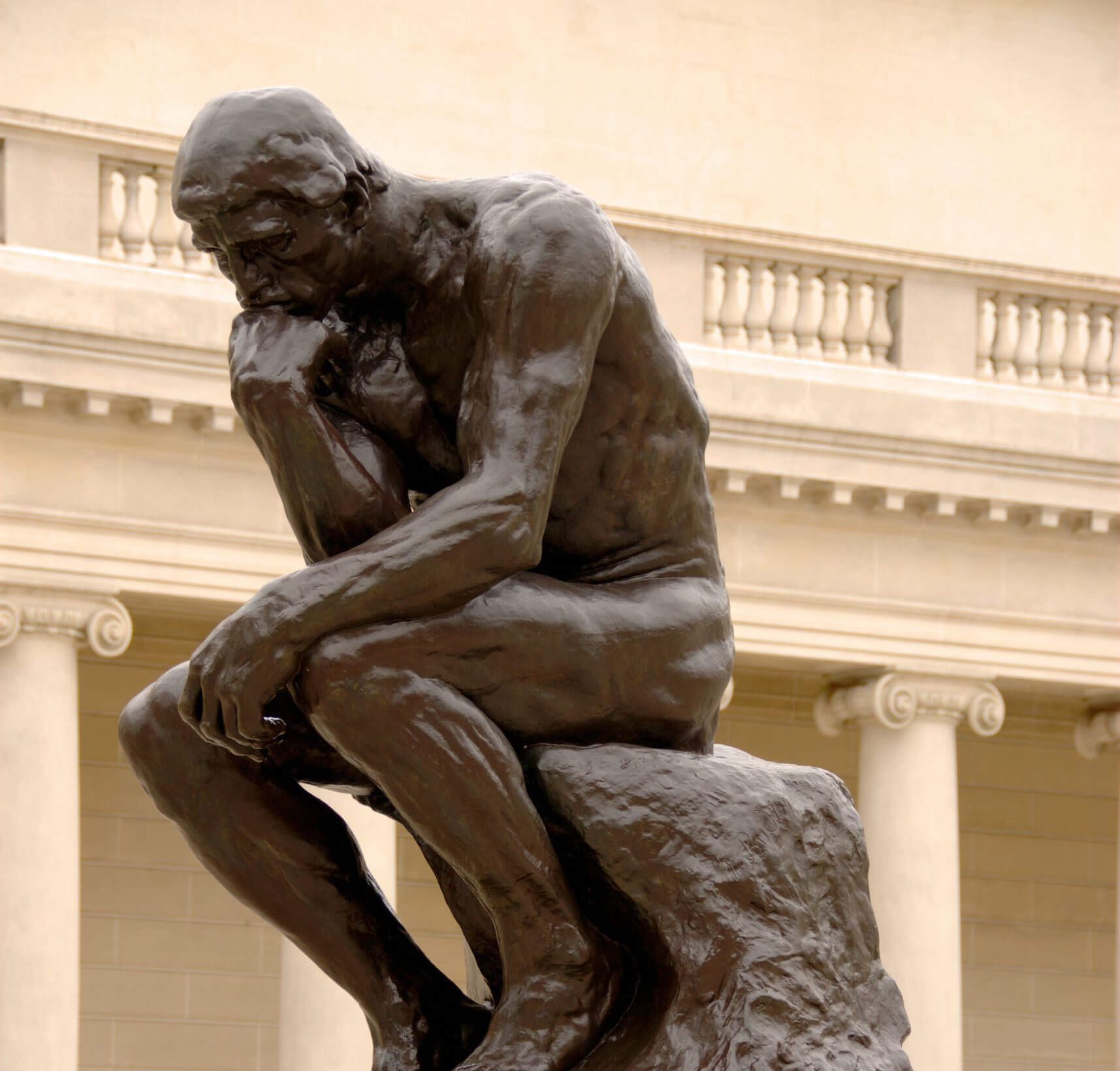Great villains often make for great stories. And in the last few years, there’ve been a number of memorable retellings of tales from the point of view of antagonists. Some of this began with post-modern deconstructions of faerie tales, asking questions like “why would a witch be luring two children to her house to eat them, why would her house be made out of food?”
Many of these tales reinforce traditional stereotypes and power structures and are used as kinds of cultural markers. As gender roles and other norms have been re-examined, so too were these fairie tales. Many of these tales have women as antagonists, from Sleeping Beauty to Cinderella, Baba-Yaga, The Fox Sister, The Wonderful Wizard of Oz, all feature antagonistic, often magically empowered and unmarried women. This suggests a couple of things, that women who do not marry will be villainous, and that if women have power it’s somehow unnatural.
Without these villains, tales like Snow White would have no place to begin. Many of these tales also deal with re-marriage, which was likely a source of frustration, anger, and conflict, because people died. So while we may think that re-marriage or a second or even third marriage is a modern concept, in truth it isn’t. Families have been dealing with new mothers and fathers for a long long time, as many historical records can attest.
But there are also faerie tales which do not in truth have villains. While Ursula, in The Little Mermaid is frightful and scary and unpleasant, she actually helps Ariel on her quest, though with caveats. The Disney version of Beauty and the Beast similarly features a powerful antagonistic witch, but she’s not the main source of conflict, the conflict is Beauty coming to love Beast.
Which brings me to my larger point – you don’t have to have a villain. The movie Deep Impact has no particular villain, but there’s an asteroid that is going to impact the Earth, causing great devastation. The asteroid drives the conflict, but there isn’t the simplistic idea of a protagonist versus an antagonist.
This, in general, refers to western forms of storytelling. Japanese storytelling can be entirely different, the four-act form known as Kishōtenketsu doesn’t even feature conflict necessarily, simply tension.
If you’re trying to craft a story, don’t feel as though you need to include a villain as the antagonist. But do feel like you need to include something for your characters to desire or need, and something to make that desire or need in doubt. It’s also critical that we care about the characters so that we want to see them achieve that desire or fulfill that need.
But the short answer is:
No, you don’t need a villain.

